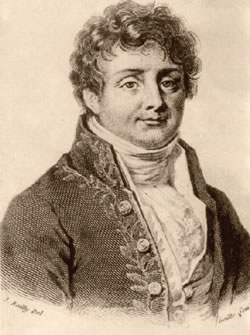On 22 March, the 105th Bihar Diwas will be observed, setting the stage for three-day-long celebrations in the state. A string of events, including performances by Bollywood personalities, and announcement of big-ticket government initiatives will mark the occasion. But why is Bihar Diwas celebrated and which event does it commemorate? The answer lies in history, in the dying days of the British Raj. 
Thomas -Gibson Carmichael .

Date: 22 October 1764; Location: Near Buxar. The Commanders and leaders are: Shuja-ud-Daula, Mirza Najaf Khan, Shah Alam II, Mir Qasim, Hector Munro of Novar.

India’s political map in 1765, the year the decisive battle of Buxar was fought.
22 March 1912
The coronation of King George V in Delhi took place in 1911. It was decided that the capital of British India was shifting to Delhi. The new governor of Bengal Thomas-Gibson Carmichael, who took charge on 21 March 1912, wasted no time in announcing the next day that the Bengal Presidency will, from then on, be split into the four subhas of Bengal, Orissa, Bihar and Assam.
Thomas -Gibson Carmichael .
Why Were They Clubbed Together Earlier?
The Battle of Buxar was fought on 22 October 1764 between the forces under the command of the British East India Company led by Hector Munro, and the combined army of Mir Qasim, the Nawab of Bengal; the Nawab of Awadh; and the Mughal King Shah Alam II. The battle fought at Buxar, a "small fortified town" within the territory of Bengal, located on the bank of the Ganges about 130 km west of Patna, was a decisive victory for the British East India Company.
Date: 22 October 1764; Location: Near Buxar. The Commanders and leaders are: Shuja-ud-Daula, Mirza Najaf Khan, Shah Alam II, Mir Qasim, Hector Munro of Novar.
Diwani Rights Go to East India Company
After the Battle of Buxar in 1764, which was fought in Buxar, hardly 115 km from Patna, the Mughals as well as the Nawabs of Bengal lost effective control over the territories, then constituting the province of Bengal, which currently comprises Bangladesh, and the Indian states of West Bengal, Bihar, Jharkhand, Odisha. East India Company was accorded the diwani rights, that is, the right to administer the collection and management of revenues of the province of Bengal.
India’s political map in 1765, the year the decisive battle of Buxar was fought.






